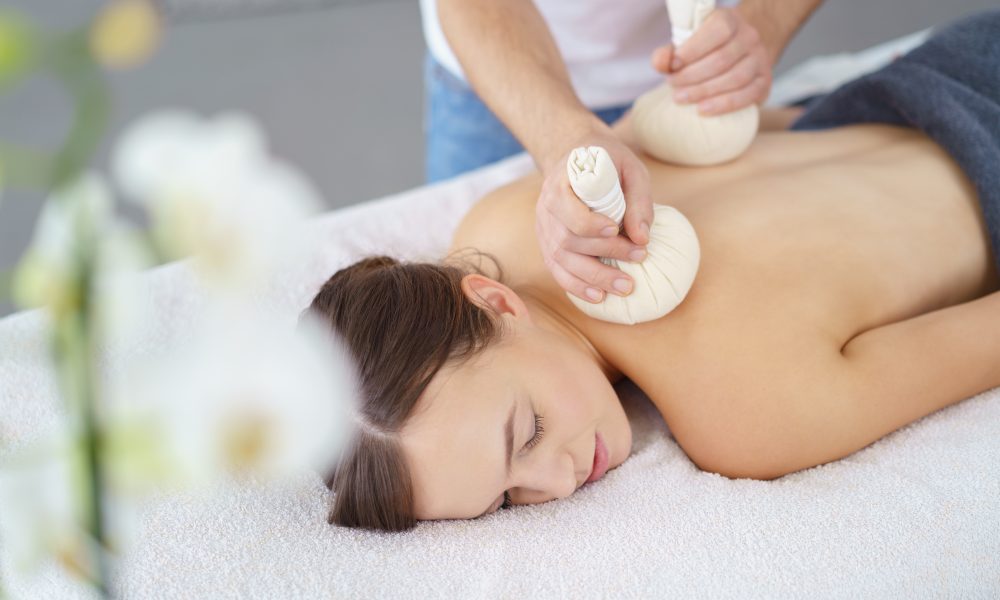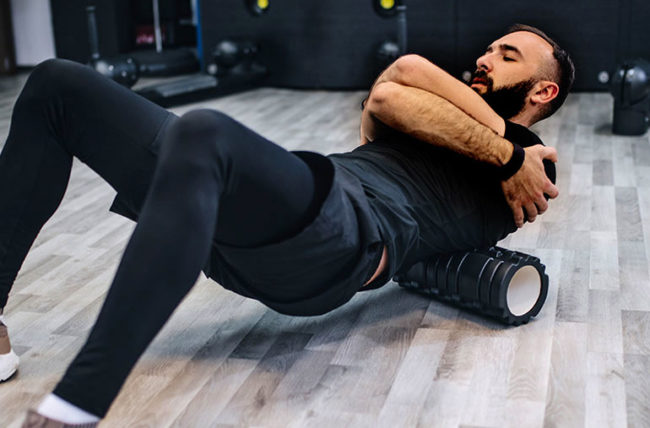Massage therapy is a widely practised form of manual therapy that offers numerous benefits, such as relaxation, pain relief, and stress reduction. However, the safety of massage can be a concern for certain individuals, including pregnant women and the elderly. In general, massage is safe for most people when performed by a qualified and experienced therapist. Nevertheless, there are some important considerations of 마사지 and precautions to keep in mind.
1. General Safety for Massage
Massage is generally safe for most people, including pregnant women and the elderly, as long as it is performed by a trained and licensed massage therapist. However, there are certain medical conditions and situations where caution is necessary for 마사지.
2. Pregnancy and Massage
Massage can be beneficial for pregnant women by reducing stress, relieving muscle tension, and improving overall well-being. However, prenatal massage should be performed by therapists with specialized training in prenatal massage. Some considerations include:
Timing: Prenatal massage is typically safe after the first trimester, but it’s crucial to consult with a healthcare provider before getting a massage, especially if you have any complications during pregnancy.
Positioning: Pregnant women should be comfortably positioned during the massage, often lying on their side with appropriate support to ensure the safety of both the mother and the baby.
3. Elderly Individuals and Massage
Health Assessment: It’s crucial to have a thorough health assessment before getting a massage, especially if there are underlying health conditions like osteoporosis or circulation problems.
Gentle Techniques: Elderly individuals may have more fragile skin and muscles, so the therapist should use gentle techniques and adjust pressure accordingly.
4. Medical Conditions and Medications
Before receiving a massage, individuals of all ages should inform their therapist of any medical conditions, allergies, or medications they are taking. This information helps the therapist tailor the massage to ensure safety and effectiveness.
5. Specialized Massage Techniques
Some massage techniques, such as deep tissue massage or hot stone massage, may not be suitable for everyone. It’s essential to discuss your preferences and any concerns with your therapist to choose the most appropriate type of massage.
6. Communication
Effective communication between the client and the therapist is essential. Clients should always feel comfortable discussing their needs, preferences, and any discomfort or pain during the session. Therapists should be responsive to their clients’ feedback and adjust the treatment accordingly.
7. Hydration and Aftercare
After a massage, it’s essential to stay hydrated to help flush out toxins and prevent any potential soreness. Depending on the type of massage, some people may experience mild soreness, but it should subside within a day or two.




